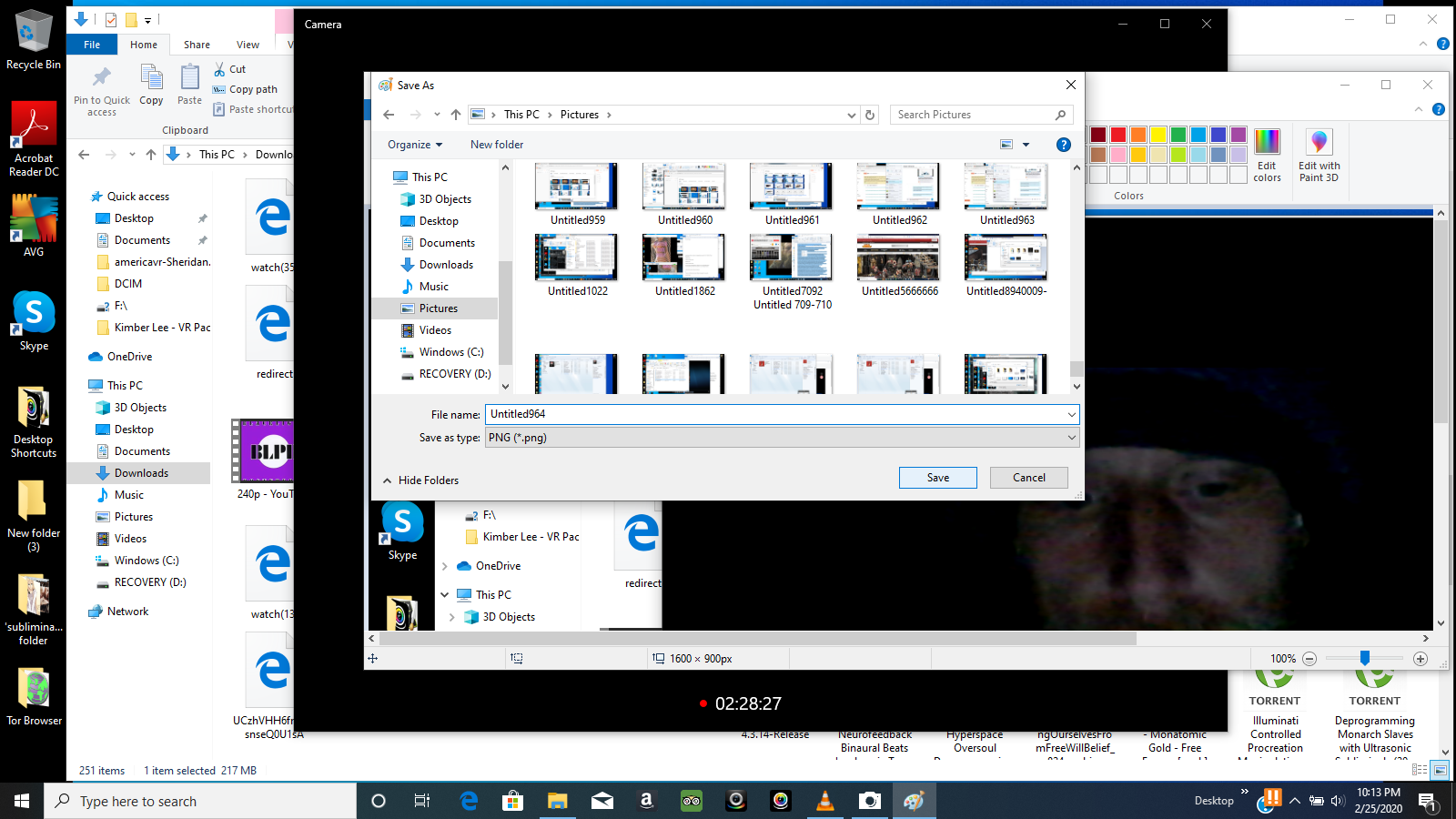The purpose of this section is to guide you to create in your development environment an Android emulator.

Step 1: Set up Android Studio's tools. Download and install Android Studio 3.0+. Select 'Standard' for the 'Install Type' inside the wizard. Inside Android Studio, go to Preferences Appearance & Behavior System Settings Android SDK. Click on the 'SDK Tools' tab and make sure you have at least one version of the 'Android SDK Build-Tools. Android emulator, android for pc, Andy, Android Apps for PC, Android Games for PC. Play all your favorite android games. Directly from your PC or MAC Just launch andy from your desktop Run all your communication apps. From your desktop. (snapchat, Viber, whatsapp etc) Use your phone as a remote control. When playing games. Click on releases option and download the latest preview version by clicking of android emulator m1 preview.dmg. It will download a DMG file. Click on the DMG file in downloads folder of your Mac. To run the emulator in Android Studio, make sure you're using Android Studio 4.1 or higher with version 30.0.10 or higher of the Android Emulator, then follow these steps: Click File Settings Tools Emulator (or Android Studio Preferences Tools Emulator on macOS ), then select Launch in a tool window and click OK.
Android emulators are managed through a UI called AVD Manager
Os Android Terbaru
AVD Manager has a nice interface when started from Android Studio.
Start Android Studio app, then create a blank project.
Go to the Tools menu -> :Android -> AVD Manager:
If no emulator has been created you should start with this screen:
Macos Android Emulator M1
Click the Create Virtual Device button.
In the Select Hardware window , select Nexus 5 as shown in the following snapshot:
Click the Next button.
In the System Image, select the system image Nougat, API Level 25 , ABI x86 :
Click on the download link to download the selected System Image. This download process is done through SDK Manager.
Once the download is complete, click on the Next button.
In the Verify Configuration window, check any parameter :
Then click on the Finish button.
AVD Manager shows you the newly created device:
Click on the launch button to launch the newly created AVD in the emulator.
Notice in the Run Window of Android Studio the command line used to start the device:
which can be shortened to :

How to start Android Emulator from Terminal?
Stop the emulator started by Android Studio. Open the Terminal app and type the following command:

Macos Android Emulator No Internet
This should start the emulator with the selected AVD.